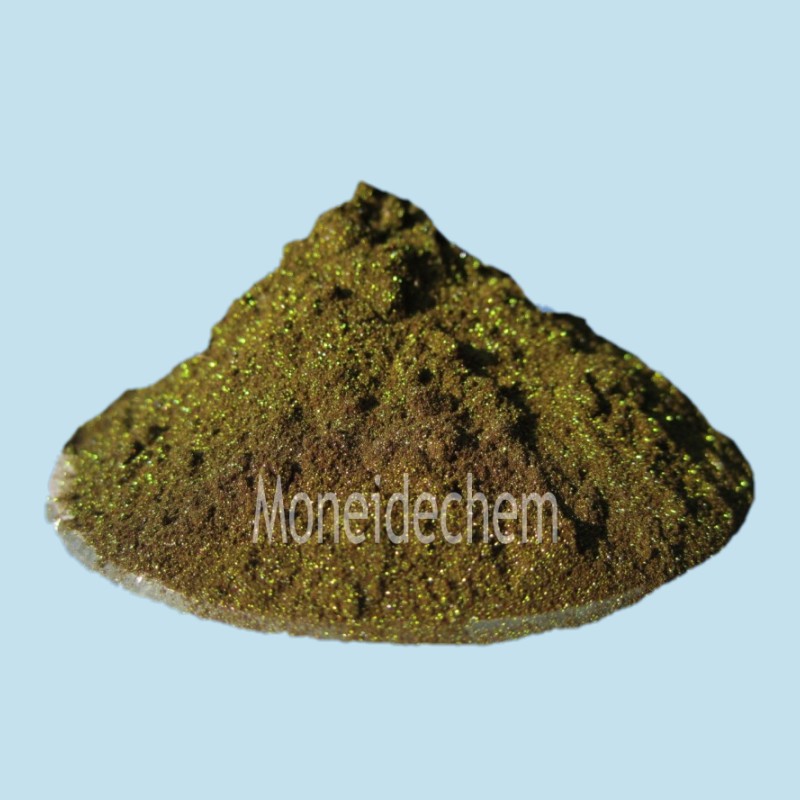Chào mừng đến với Công ty TNHH Thương mại Tangshan Moneide
Moneide Chemicals
Điện thoại: 86-315-8309571
WhatsApp/WeChat/Di động: 0086-15633399667
Skype: janet-honest
Address: 2-7-523 Jidong Building Materials Tangshan, Hebei 064000 China
Thymol blue
|
Chemical Name |
Thymol blue |
|
Synonyms |
4,4'-(3H-2,1-Benzoxathiol-3-ylidene)bis[5-methyl-2-(1-methylethyl)phenol] S,S-dioxide |
|
CAS No. |
76-61-9 |
|
Molecular formula |
C27H30O5S |
|
EINECS No. |
200-973-3 |
|
Molecular weight |
466.60 |
|
Molecular Structure |
|
|
Details |
Vẻ bề ngoài: Brown green crystal powder PH change range: 1.2(red)~2.8(yellow); 8.0(yellow)~9.6(blue) Solubility in Ethanol: Passes test Sulfated ash: 0.3% max. Absorptivity (L/cm.g): 71% min. Solubility: insolve in water, solve in alcohol. Packing: 25kg/ fibre drum |
|
Main Application |
Used as acid-base indicator. |
What color does thymol blue turn in acid?
Thymol blue undergoes a distinct color transition in acidic conditions, changing from yellow to red depending on the pH level. In strongly acidic solutions below pH 1.2, it appears as a bright red color, while in moderately acidic environments (pH 1.2-2.8) it shows an orange-red hue. This dramatic color shift occurs due to protonation of the dye's molecular structure, altering its light absorption properties. The indicator's sensitivity to low pH makes it particularly useful for precise acidity measurements in highly acidic ranges where many other pH indicators become ineffective. The vivid color change provides clear visual confirmation of acidic conditions in chemical reactions and biological systems.
What does the thymol blue test for?
Thymol blue serves as a versatile pH indicator for testing acidity and alkalinity across two distinct ranges (pH 1.2-2.8 and 8.0-9.6). In microbiology, it helps detect acid production in carbohydrate fermentation tests. Clinical laboratories use it to assess gastric acidity and urinary pH levels. The dye also finds application in titrations of weak acids and bases, where its dual-range sensitivity provides distinct endpoints. Industrial applications include monitoring pH in chemical processes and wastewater treatment. Its color transitions are particularly valuable for identifying subtle pH changes in biological fluids and culture media, making it a standard tool in both medical diagnostics and biochemical research.
Is thymol blue the same as bromothymol blue?
While both are pH indicators derived from thymol, thymol blue and bromothymol blue are distinct chemical compounds with different properties. Thymol blue (thymolsulfonphthalein) has two transition ranges, while bromothymol blue (dibromothymolsulfonphthalein) operates in a single range (pH 6.0-7.6). The bromine substitution in bromothymol blue shifts its effective pH range and changes its color transitions from yellow to blue. Thymol blue's molecular structure lacks these bromine atoms, making it more sensitive to strongly acidic conditions. Though related, these indicators serve complementary rather than interchangeable roles in laboratory practice, with each being selected based on the specific pH range requiring measurement.






























